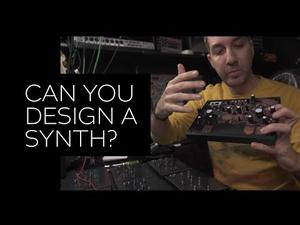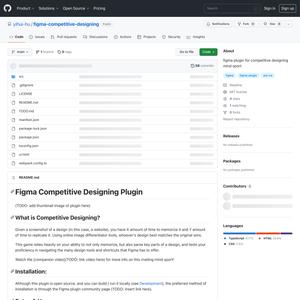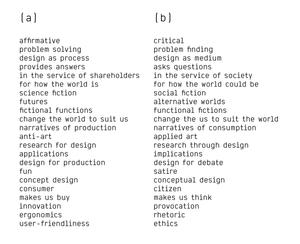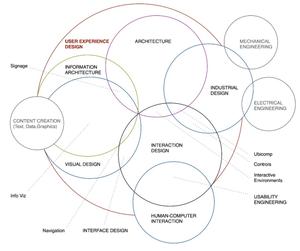


8 months ago
Industry pandered to the public's ready acceptance of anything new, anything different. The miscegenative union between technology and artificially accelerated consumer whims gave birth to the dark twins of styling and obsolescence. There are three types of obsolescence: technological (a better or more elegant way of doing things is discovered), material (the product wears out), and artificial (the death-rating of a product; either the materials are substandard and will wear out in a predictable time span, or else significant parts are not replaceable or repairable).
design-in-use versus design-in-sales
Become self-less; obliterate yourself from the equation; spare the soil your indentation; design as if you are not designing; build as if you are not building; as if no one will remember you. They will not need to.
The designer and the engineer must be able to work by drawing with a stick in sand. Everything beyond this is a conflation of their work with the embellishment, commercialization and industrialization of their work.
[…] People are learning the tool, not the craft. I see people all over talking about how they can't just switch because they know Unity […]. "Game design" is a skill. Unity is not a skill, it's a tool. The ability to carry a skill to another tool is something that modern software companies are actively trying to stop you doing. Do not let them.
– Harley, aka. Qxoko https://qxoko.io
Overemphasizing tools is common in design and engineering. Tools, their customization and implementation are discussed more frequently and readily than the psychological and social patterns that enable design teams to create works of quality.
Conflating tools with skills may be a result of approaching a discipline with a focus on results and applicability –...
The designer and the engineer must be able to work by drawing with a stick in sand.
Everything beyond this is a conflation of their work with the embellishment and industrialization of their work.

Skip the whole “Minimal Viable Product” thing. It leads to incrementalism. Try “Maximum Fucking Love.” It leads to something that someone else might actually care about.
Philip Ross carried out design workshops where design teams created candy vending machines based on different ethical stances including Confucianism, Kantian rationalism, vitalism, romanticism, and Nietzschean ethics. The workshop revealed that an ethical stance could drive design inspiration, and it revealed many aspects of Kantian rationalism embedded in the machines people interacted with everyday.

“The power of generative systems is you make seeds rather than forests.”
-Brian Eno, June 02006 Playing with Time SALT
Resilience is the ability of a system (like a community) to absorb disturbance and still retain basic function and structure. Building resilience means intentionally guiding the system’s process of adaptation in an attempt to preserve some qualities and allow others to fade away, all while retaining the essence—or “identity”—of the system.
In a human community, identity is essentially determined by what people value about where they live. However, what a community of people collectively values is open to interpretation and subject to disagreement. This suggests that people—and the ways they come to rough consensus—are necessarily at the center of community resilience building.
We shaped frameworks, and in turn they shaped us. 20th century approaches like design thinking, human-centered design, and jobs to be done too often look at people solely as individuals. Or, worse yet, only as consumers. They don’t consider people in relation to their communities or to wider society. And society itself is ignored by design.
about 1 month ago
8 months ago
Innovation is a response to an ecological condition. A hypothesis about an environment. When a design is not in conversation with its environment, it dies. There’s no such thing as advantageous in a general sense. It’s advantageous in the circumstances you’re living in.
So, to survive, you might say a design has to discover an evolutionary path from the familiar to the new, from the present to the future, through a series of steps into the adjacent possible.


about 1 month ago
Pro designéra představuje autenticita poněkud paradoxní koncept. Autentický design lze chápat jako něco, co je víc než jen nefalšovaný návrh. Jde rovněž o předmět, který není sebereflexivní nebo ovlivněný touhou potěšit či svést. Autenticita znamená v tomto případe vlastnost, která závisí na schopnosti odpovědět s určitou mírou upřímnosti na vznesené otázky praktického charakteru, a sice poskytnutím použitelného řešení technikcého problému. Navzdory tomu je design vysoce sebereflexivním odvětvím, které si často neumí pomoct a manipuluje emocemi. Proti tomuto druhu autenticity vypovídá už jen skutečnost, že se designér ne vytvoření daného předmetu vůbec podílí. Design jednoduše musí mít ten nejvíc světaznalý pohled na věc. I pouhé připuštění, že designér usiluje o autentičnost, stanovený cíl podkopává. Snaha o autentičnost vypovídá o jejím pravém opaku.
over 3 years ago